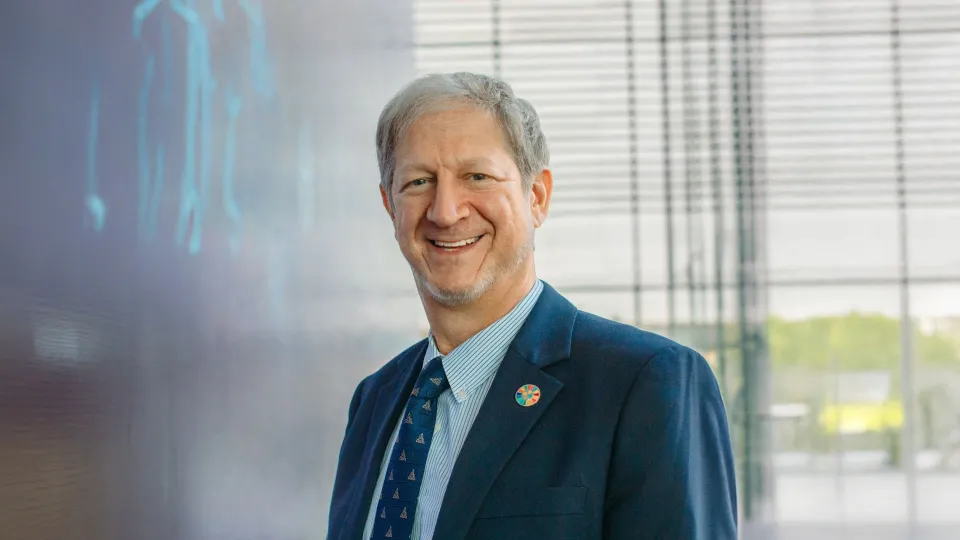
Taking computing to the next level
KAUST’s new supercomputer will enable ground-breaking scientific modeling and analysis in Saudi Arabia and worldwide.
About
When scientists first powered up Shaheen in 2009, KAUST joined the ranks of the supercomputing elite. Shaheen, then the fourteenth most powerful computer in the world, quickly became indispensable. “About 20 percent of the faculty here use computing as the main way of driving discovery,” says David Keyes, Director of the Extreme Computing Research Center at KAUST.
Now, the university is ramping up the capacity for discovery with the new Shaheen-Cray XC40, a next-generation supercomputer which will go online this May. The facility was acquired and will be managed by the Supercomputing Core Lab at KAUST.
Keyes says the upgrade was not due to concern about the ranking of computing power. “It’s not a matter of vanity as everybody gets a higher-powered system,” he explains. “It’s actually a matter of being able to justify your operational expenses.” Alongside climbing costs for data generation, KAUST was confronted by looming hardware and software obsolescence, as IBM has discontinued development of the BlueGene supercomputer family to which Shaheen belongs.
KAUST put out a tender for manufacturers interested in building Shaheen’s successor, and the call was answered by Cray, a US company. The Seattle-based firm assembled a system with nearly 200,000 processors and the capacity to perform 5 quadrillion floating-point operations per second — a mathematical ‘gold standard’ metric of processor performance. This represents an approximately 30-fold boost over the first Shaheen, and Keyes notes that the new supercomputer is also six times more power efficient than its predecessor.
Cray also produced proprietary hardware features, such as ‘DataWarp’— an additional layer of memory that improves application performance — and a customized internal network configuration that enables the computer’s many processors to communicate efficiently.
Vladimir Bajic’s team at the Computational Bioscience Research Center will be among the first to make use of the new facility, planning to assemble, annotate and extract knowledge from vast collections of biological data — for example, modeling the interactions between networks of genes and proteins within a cell. “Shaheen-Cray XC 40 has a much better and more flexible architecture that allows us to use it efficiently for many problems we simply could not run on the old Shaheen,” says Bajic.
Geoscientist Georgiy Stenchikov is excited about the potential to accelerate his climate modeling investigations. “Our group was one of the most active users of Shaheen,” he says. “The new Shaheen will allow us to improve our spatial resolution by an order of magnitude, moving environmental research at KAUST to a new horizon.”
The new facility also offers added power for new faculty members such as seismologist Daniel Peter, who will use computational approaches to build sophisticated maps of our planet’s interior to predict earthquakes and locate natural resources, among other quests. “We describe it as a Human Genome Project for the Earth,” says Keyes.
Read the full article
